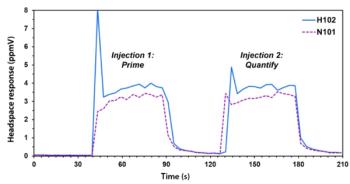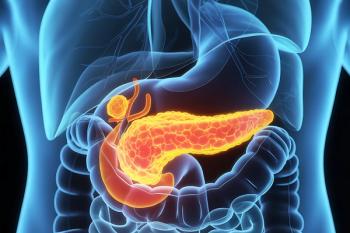OPTIC-4 injector – Most powerful multimode inlet for GC and GCMS
GCMS-QP2010 Ultra combined with OPTIC-4 injector
The Shimadzu OPTIC-4 multimode injector from Atas GL, Eindhoven, Netherlands, increases application range and detection limits of the Shimadzu GC and GCMS series. In addition to the standard sampling modes, the programmable OPTIC-4 can be operated as cold split/splitless, rapid ‘at-once’ large volume injector (LVI) and offers direct (in-liner) sampling techniques such as pyrolysis, thermochemolysis and thermal desorption as single or multi-shot analysis.
The OPTIC-4’s patented low thermal mass design together with direct resistive heating enables a wide range of applications due to the unique linear heating ramp of 60 °C/sec up to 600 °C. Combined with the AOC-5000 Plus auto sampler, fully automated sample injection can be utilized using an automatic liner exchanger (LINEX).
Improved detection limits
Using the OPTIC-4 injector as a cold injection system, compounds which usually degrade in hot injectors, e.g. thermal labile pesticides, can be analyzed without any difficulty. Precise and reproducible results can therefore be obtained for thermal labile compounds.
For more information visit ref="http://www.shimadzu.eu">www.shimadzu.eu






